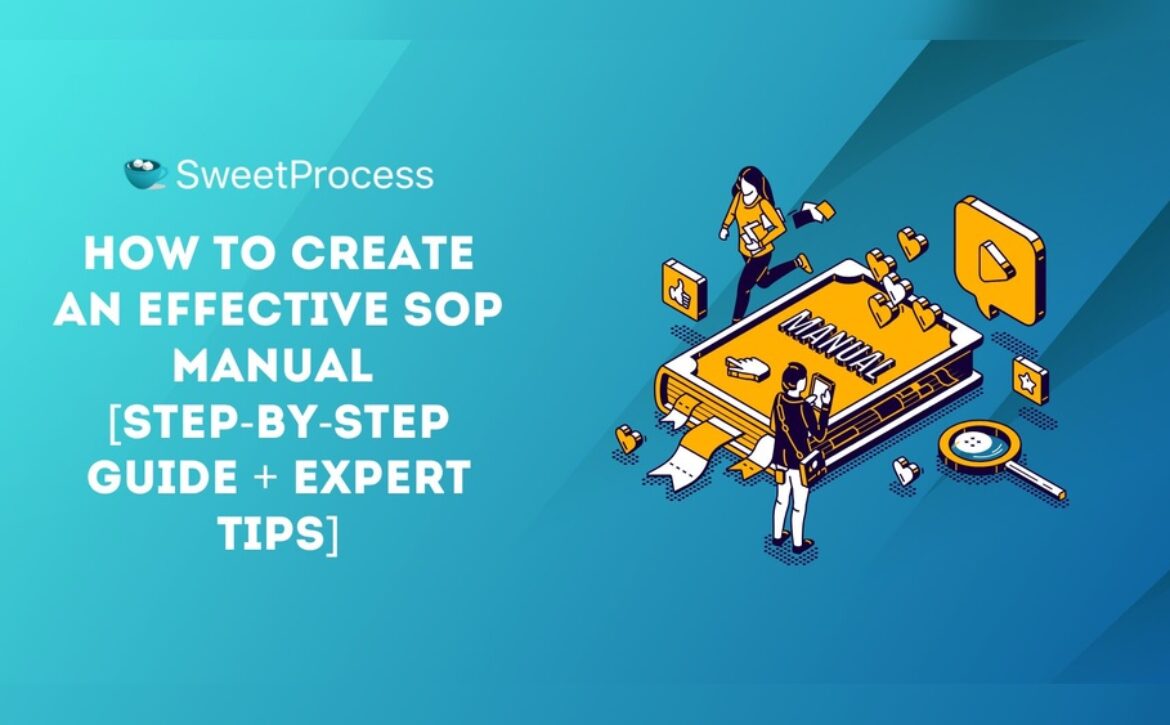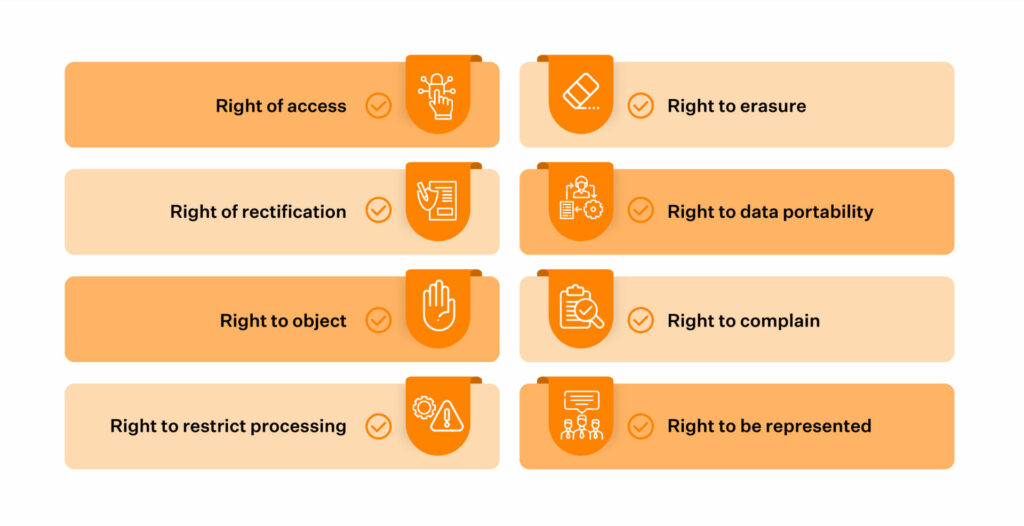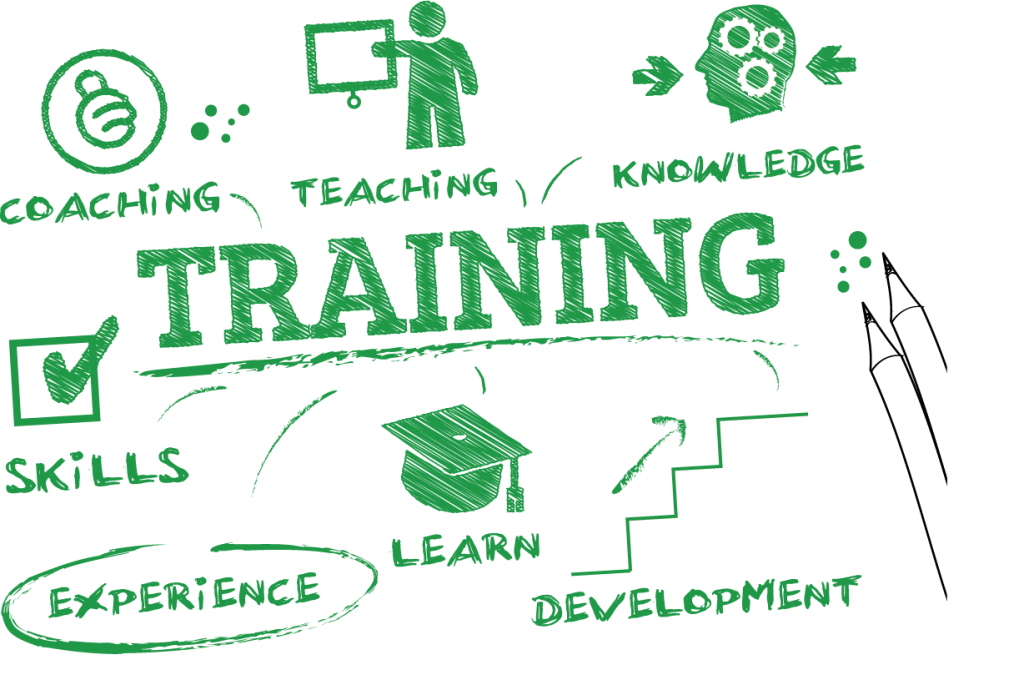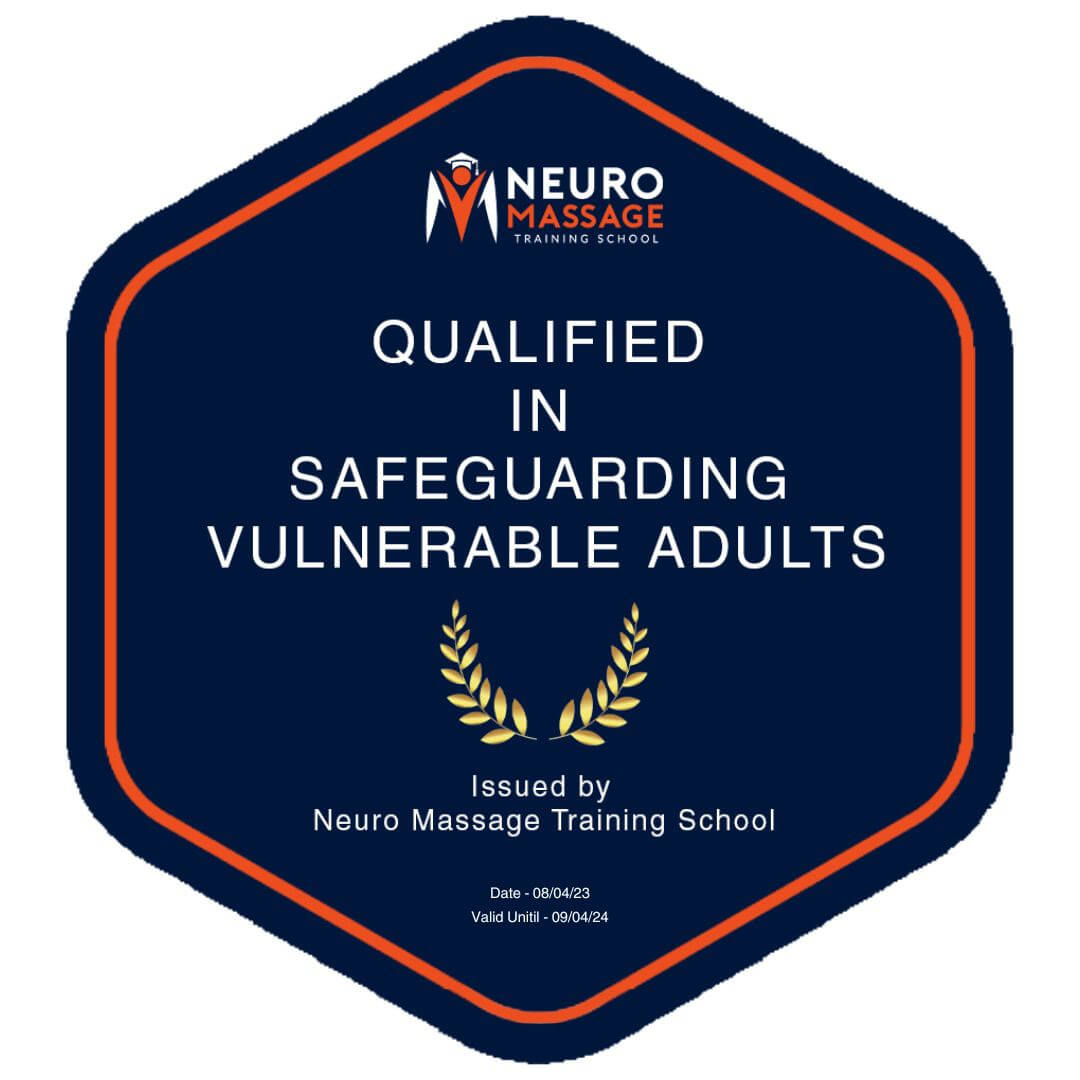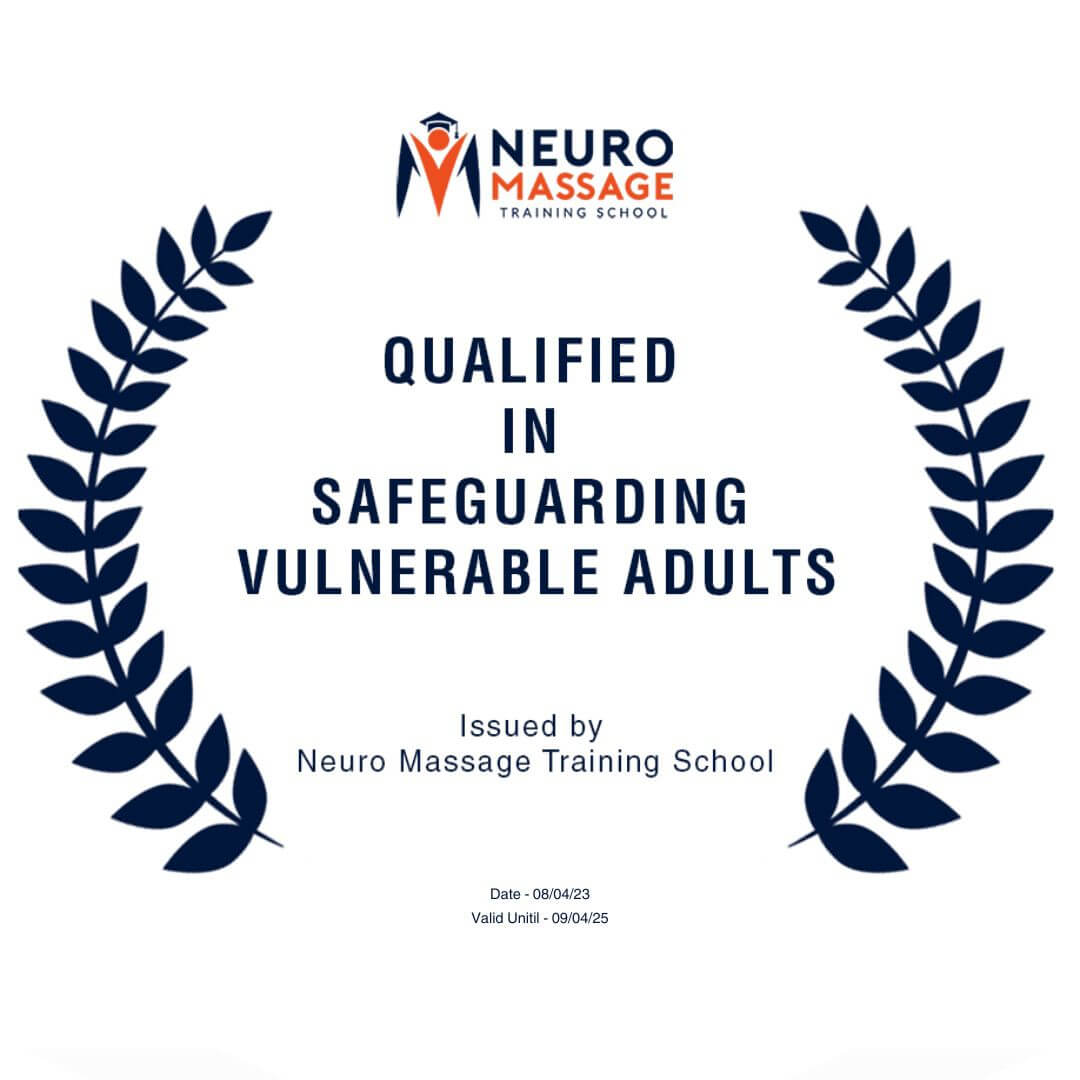How to Become a Business Law Course: A Step-by-Step Guide
Are you considering a career in business law or looking to expand your knowledge in this critical field? Whether you’re a student, a professional aiming to pivot your career, or simply someone curious about the legal frameworks that govern businesses, understanding how to become proficient in business law can open doors to countless opportunities.
In this guide, you’ll discover the essential steps and strategies to not only enroll in a business law course but to excel in it. Imagine having the power to navigate complex legal landscapes with confidence and precision, making you an indispensable asset in the corporate world.
Stay with us as we unravel the secrets to mastering business law and transforming your professional life.

Choosing The Right Business Law Course
Selecting the best business law course involves understanding your career goals. Explore courses that offer practical knowledge and industry insights. Focus on classes with experienced instructors and flexible schedules to fit your needs.
Choosing the right business law course can significantly impact your career trajectory. Whether you’re a budding entrepreneur, an aspiring lawyer, or a business professional looking to enhance your legal knowledge, selecting the best course requires careful consideration. Let’s explore the key factors you should keep in mind to make an informed decision.
Accreditation And Reputation
Start by checking the accreditation of the institution offering the course. Accredited programs are usually recognized for their quality and adherence to academic standards. Research the reputation of the course and the institution. Look for reviews from past students, or ask colleagues for recommendations. A reputable program often means better networking opportunities and respected credentials, which can be crucial for your professional growth.
Course Content And Specializations
Examine the course content thoroughly. Does it cover the areas of business law that interest you? Some programs offer specializations such as intellectual property, corporate governance, or international business law. Choosing a course that aligns with your career goals can provide you with a competitive edge. Consider if the course updates its material regularly to reflect current legal practices and trends. This ensures you’re learning relevant and up-to-date information.
Online Vs. In-person Learning
Decide whether online or in-person learning suits your lifestyle better. Online courses offer flexibility and can be accessed from anywhere, making them ideal for working professionals. In-person courses provide direct interaction with instructors and peers, which can be beneficial for those who thrive in a collaborative environment. Reflect on your learning style and personal commitments. Which format will help you stay engaged and motivated throughout the program? Choosing the right business law course is not just about the content or the institution. It’s about finding a program that fits your personal and professional needs. What are the factors that matter most to you in a learning environment?
Meeting Prerequisites
To enroll in a business law course, certain prerequisites must be met. These prerequisites ensure you are prepared to grasp complex legal concepts. Let’s explore the necessary educational background and skills you need.
Educational Background Requirements
A high school diploma is often required. Some courses may ask for college-level education. Basic courses in business or law can be helpful. Understanding fundamental legal terms is crucial. Certain programs prefer students with prior legal experience.
Necessary Skills And Attributes
Strong analytical skills are essential. You must analyze complex legal scenarios. Communication skills help in understanding and discussing law topics. Attention to detail is vital for reviewing legal documents. Critical thinking aids in evaluating different legal aspects. Being organized helps manage course workload efficiently.
Application Process
Embarking on a journey to become a business law expert is both exciting and challenging. The application process is a crucial step that can set the tone for your future. It’s your chance to showcase your passion and dedication to the field. Whether you’re applying to a prestigious university or a specialized law school, each part of your application holds weight. Understanding how to craft a compelling application can make all the difference. Let’s break down the essentials of a successful application.
Preparing Your Application
Getting your application ready requires attention to detail. Start by gathering all necessary documents, such as transcripts and recommendation letters. Ensure these documents are up to date and accurately reflect your academic achievements.
Organize your materials neatly; it reflects your professionalism. Have you ever had a friend who missed an opportunity due to incomplete paperwork? Don’t let that be you. Double-check everything before submission.
Writing A Strong Personal Statement
Your personal statement is your chance to tell your story. It’s not just about listing achievements; it’s about showing who you are. What motivates you to pursue business law? Share your passion and unique experiences.
Avoid writing generic statements. Instead, focus on specific instances that sparked your interest. Did a particular case study during your undergraduate years inspire you? Use clear and concise language to convey your thoughts.
Interview Tips And Tricks
Interviews can be nerve-wracking, but preparation is key. Practice common questions and rehearse your answers. Ensure you understand your application inside out, as interviewers often ask about your personal statement.
Consider your body language; it speaks volumes. Maintain eye contact and a confident posture. Ever noticed how a firm handshake leaves a lasting impression? Small details can make you memorable.
Finally, be yourself. Authenticity is your strongest asset. How do you handle pressure and stay true to your beliefs? Reflect on these questions as you prepare, and let your genuine self shine through.
Funding Your Education
Embarking on a business law course can be an exciting journey. Funding your education is a crucial step to starting your path. Understanding your options ensures you make informed financial decisions.
Scholarships And Grants
Scholarships and grants can significantly ease financial burdens. Explore organizations offering awards for business law students. Many universities provide scholarships based on merit or financial need. Search for local and national scholarships that fit your profile. Grants often don’t require repayment, making them an ideal choice.
Student Loans And Financial Aid
Student loans are another viable option for covering expenses. Government-backed loans often have lower interest rates. Research private lenders for competitive offers. Financial aid packages can also include loans or work-study opportunities. Always review the terms to understand repayment obligations.
Work-study Opportunities
Work-study programs allow students to earn while learning. Many institutions offer part-time jobs on campus. These roles can help cover tuition fees and living expenses. Balancing work and study enhances time management skills. Consider applying for positions related to your field of study.
Course Structure And Timeline
Explore the ‘How to Become a Business Law Course’ with a structured curriculum spread over six months. Weekly modules cover essential topics like contract law, corporate governance, and dispute resolution. Interactive sessions and case studies help deepen understanding, ensuring a solid foundation in business law principles.
Embarking on a journey to become a business law professional requires a well-structured course with a clear timeline. As you navigate through the curriculum, understanding the course structure is essential. It provides a roadmap, ensuring you’re on the right track to achieve your career goals. The course typically spans over a few years, with each year focusing on different aspects of business law. Let’s break down the components that make up this enlightening journey.
Modules And Coursework
Each module in a business law course is designed to build your expertise step by step. You’ll find yourself diving into subjects like contract law, corporate governance, and intellectual property. Courses are a mix of lectures, case studies, and group discussions. This variety ensures you grasp theoretical knowledge and understand its practical applications. You’ll also have the opportunity to engage in role-playing scenarios, simulating real-world legal challenges. By doing so, you not only learn the law but also how to think like a lawyer.
Exams And Assessments
Assessments in business law courses are designed to test your understanding comprehensively. Expect a combination of written exams, project work, and oral presentations. Exams often include multiple-choice questions, essays, and problem-solving exercises. These help evaluate your ability to apply legal principles in various contexts. Feedback from these assessments is invaluable. It helps you identify areas of strength and those requiring more focus. Have you ever thought about how feedback could be your secret weapon for improvement?
Internship Requirements
One of the most crucial components of a business law course is the internship. Real-world experience is unmatched in its ability to cement your learning. Internships offer exposure to the legal workings of businesses. They allow you to apply classroom knowledge in real situations, bridging the gap between theory and practice. Consider this: during my internship, I worked on a case involving a merger. It was eye-opening and made the concepts from textbooks come alive. How might an internship experience shape your understanding of business law? By understanding the course structure and timeline, you lay a strong foundation for your future in business law. Each component is a stepping stone, leading you to become a proficient legal expert.
Career Pathways In Business Law
Embarking on a career in business law opens doors to a variety of exciting and fulfilling pathways. Whether you’re drawn to the dynamic world of corporate deals or the meticulous realm of compliance, business law offers diverse opportunities. Each role comes with its unique set of challenges and rewards, and understanding them can guide you in shaping your career.
Corporate Lawyer
As a corporate lawyer, you’ll be at the heart of business transactions. Your role involves drafting contracts, negotiating deals, and ensuring legal compliance in mergers and acquisitions. This career path is perfect for those who thrive under pressure and have a keen eye for detail.
Imagine being part of a high-stakes negotiation where your legal acumen directly impacts the company’s future. You must be prepared to navigate complex legal landscapes and work closely with executives. This role demands strong communication skills and the ability to think on your feet.
Compliance Officer
Compliance officers play a critical role in safeguarding a company’s legal integrity. You will ensure that the organization adheres to laws, regulations, and internal policies. This position suits individuals who are methodical and enjoy problem-solving.
Picture yourself as the guardian of ethical standards, where your work prevents costly legal issues. You’ll need to stay updated on ever-changing regulations and be adept at identifying potential risks. It’s a role that requires vigilance and a proactive mindset.
Legal Consultant
Legal consultants offer expert advice to businesses, helping them navigate legal challenges. If you prefer a flexible work environment and varied projects, this might be your ideal career path. You will provide insights into legal matters, enabling companies to make informed decisions.
Consider the satisfaction of using your expertise to steer a company away from legal pitfalls. You’ll be a trusted advisor, often working on diverse cases that require innovative solutions. This role demands strategic thinking and excellent interpersonal skills.
Which pathway resonates with you? Each offers a distinct set of experiences, and your choice should align with your strengths and interests. Dive deep into these roles and imagine where your passion can take you in the world of business law.
Networking And Professional Development
Networking and professional development are key in the field of business law. Building connections helps enhance your career and open new opportunities. Engaging with peers and experts enriches your learning experience.
Joining Law Associations
Law associations are valuable for budding business law professionals. These groups connect you with mentors and peers. Membership often provides access to exclusive resources and events. Many associations offer student memberships at a reduced cost. This makes it easier to join early in your career. Participating in these associations can boost your resume and credibility.
Attending Seminars And Workshops
Seminars and workshops are great for learning and networking. They offer insights into current industry trends and practices. Attendees often include seasoned professionals and industry experts. This creates a perfect environment for learning and connection. Engaging in these events can enhance your skills and knowledge.
Building A Professional Network
Building a network is vital for any aspiring business lawyer. Start by connecting with classmates and professors. Use social media platforms to find like-minded professionals. Attend networking events and connect with attendees. Always follow up with new contacts to maintain relationships. A strong network provides support and guidance throughout your career.

Frequently Asked Questions
What Is A Business Law Course?
A business law course covers legal principles in commercial contexts. It includes topics like contracts, corporate governance, and intellectual property. Such courses are essential for understanding legal responsibilities in business. They provide foundational knowledge for making informed business decisions and navigating legal challenges effectively.
How Do I Start Learning Business Law?
Begin with introductory courses available online or at universities. These courses cover the basics of business law and its applications. Joining webinars and workshops can also be beneficial. Reading books and legal journals helps deepen your understanding. Networking with professionals provides practical insights.
Why Is Business Law Important For Entrepreneurs?
Business law helps entrepreneurs understand legal obligations and rights. It ensures compliance with regulations, avoiding legal disputes. Knowledge of business law aids in drafting contracts and protecting intellectual property. It empowers entrepreneurs to make informed decisions and protect their business interests effectively.
Can I Study Business Law Online?
Yes, many platforms offer online business law courses. These courses provide flexibility and cover various aspects of business law. They include video lectures, reading materials, and assessments. Online courses are ideal for those balancing work and study, allowing learning at your own pace.
Conclusion
Becoming a business law expert takes time and dedication. Start with the basics. Enroll in a reputable course. Read widely and stay updated on trends. Practice regularly to build confidence and skills. Networking with professionals can offer valuable insights. Remember, persistence is key to success.
Keep pushing forward, even when challenges arise. Your journey may be tough, but the rewards are worth it. With consistent effort, you can achieve your goal. So, dive in and begin your path to mastering business law today.






